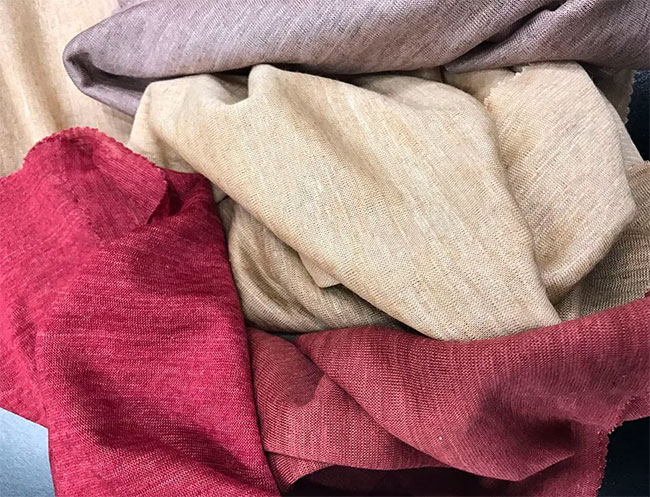Bardazzi Jersey received the 303 Tuscans Ethical Fashion award in Paris
The company was set up by Alberto Bardazzi in 1983 : its first name was Alberto Bardazzi Maglia and its target group the small “pronto-moda” (ready-to-wear fashion) of Prato. The idea of producing knitted fabrics placed the company in a niche market segment, where Alberto was able to express his talent. The products made in those years are milestones in the history of fabrics and it is no coincidence that they are exhibited at the Prato Textile Museum. They had a great impact on fashion and this led Alberto to change from being a sole proprietor to a limited liability company. In the following years he moved the headquarters twice in order to find a larger space while at the same time the turnover and the number of employees were increasing. In 2001 the financial newspaper “il Sole 24 ore” listed the Alberto Bardazzi S.r.L. as one of the best 500 companies in Italy and this was the most exciting period for Alberto’s professional career. In 2003 while doing new ambitious projects, Alberto died prematurely of a disease that did not take away his desire to work and to impress. It seemed the end, but it was a new starting point because the Bardazzi family was strong enough to draw motivation and stimuli to carry on with the company. Today it is run by a sound and experienced group of people and it is proud of having sales relationships all over the world.

ALBERTO BARDAZZI SPA applies the 4sustainability Protocol to reduce the use of hazardous chemicals within the production processes. Reducing the use of hazardous chemicals within the production processes is strongly requested by the market and it’s a vital chance for improvement.
The 4sustainability Protocol for Chemical Management is conceived for the supply chain, s players and it is in line with main brands, requirements.

The system's six steps:
1. Initial assessment
and development of
a customized action plan.
2. Definition of company’s internal
organization – with identification
of roles and responsibilities –
and of tools like Product
Restricted Substances List (PRSL)
and Manufacturing Restricted
Substances List (MRSL).
3. Development of a suppliers’
rating system, to map
and manage the supply chain
based on the evaluation of risk
4. Mapping and management
of incoming goods and raw
materials in order to implement
an integrated procedure
and a consistent testing
program.
5. Checking traceability
management capabilities
within the production processes
and definition of corrective
actions.
6. Development of data gathering
tools and training of technical
and sales personnel.
Hits: 10809 | Leave a comment


















